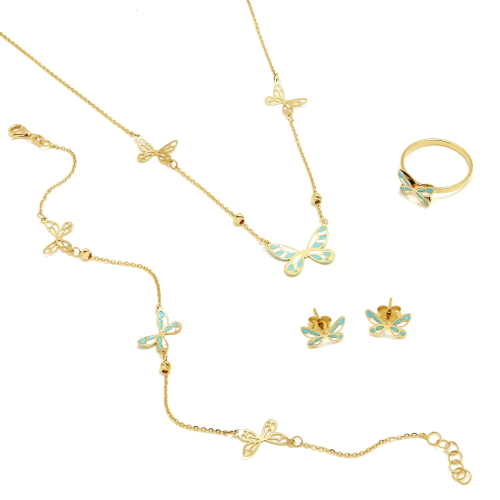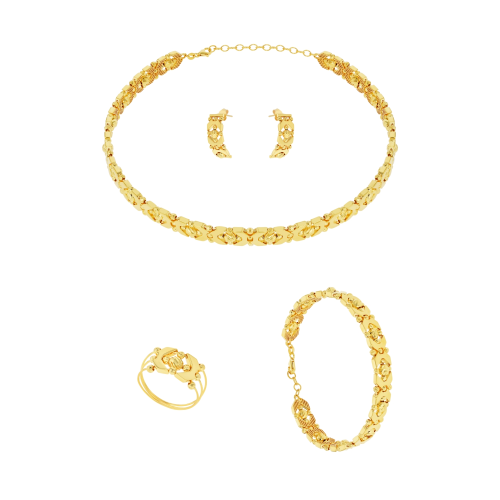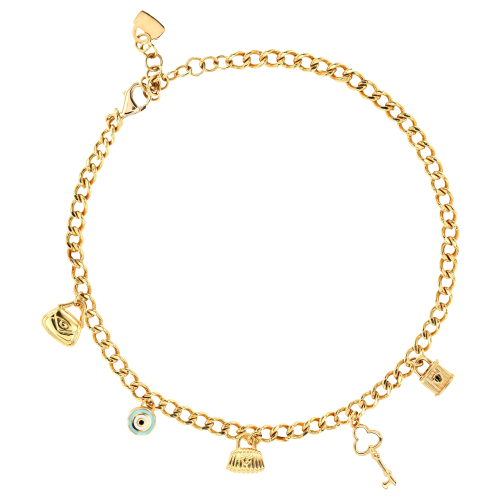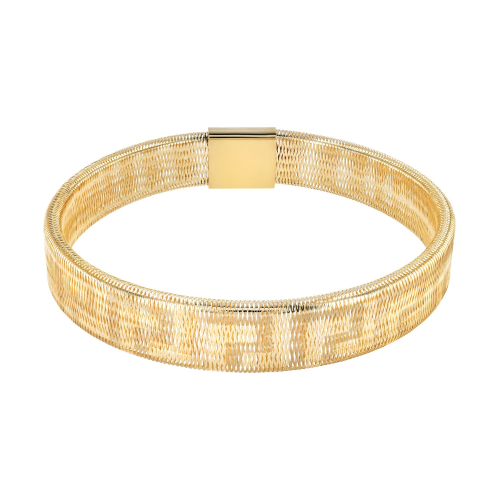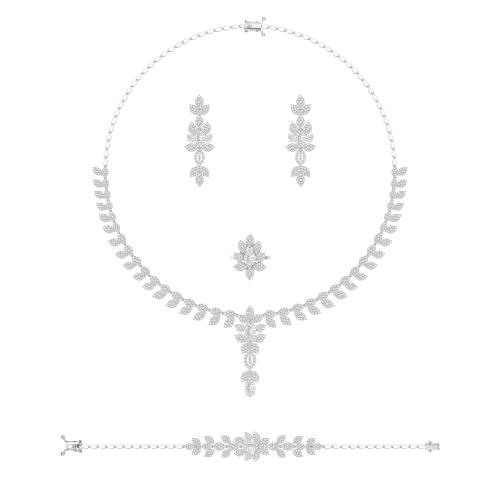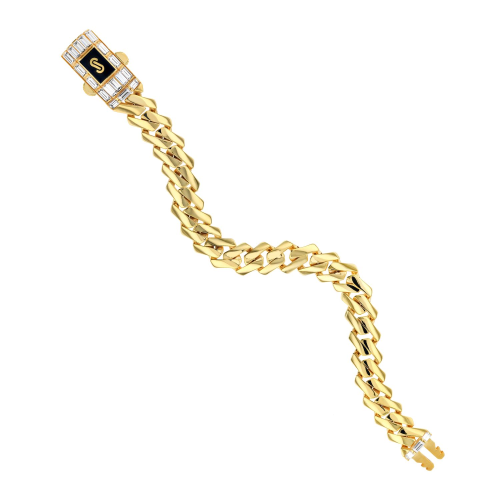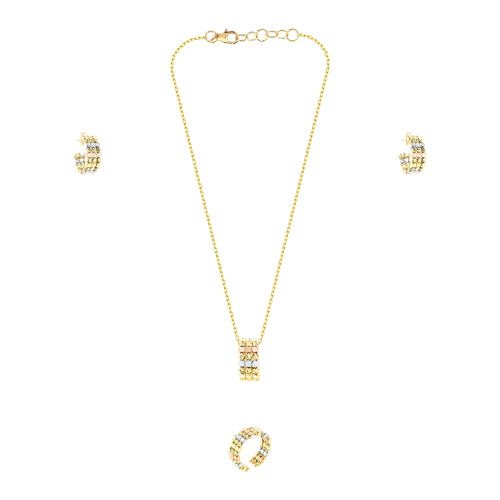Types of Gold Jewellery Color
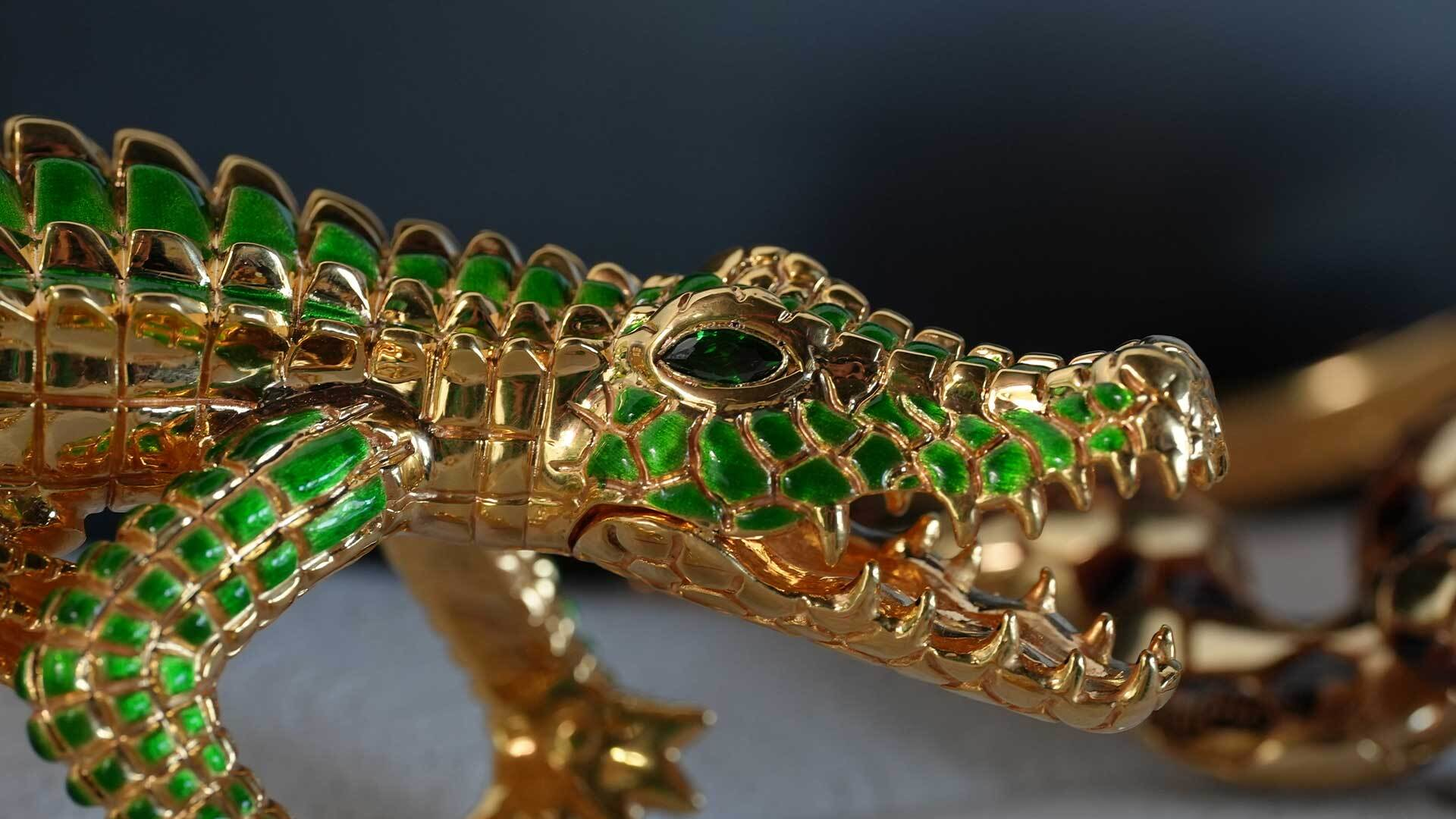
Gold is usually the first thing that comes to mind when people think of jewellery. This is because gold has been considered one of the most valuable metals for thousands of years. Over the years, gold has been used in jewellery, religious artefacts, coinage, trading and commerce, and various other applications.
Gold sets, gold rings, gold earrings, and gold necklaces come in a variety of forms. What are the many types and colours of gold that can be employed? Gold is a chemical element with the symbol Au and atomic number 79 in its purest form. It is a bright, somewhat reddish yellow, dense, soft, malleable metal in its purest form, which is what first drew people to it.
Pure gold is too malleable to be used alone, so it's mixed with other metal alloys to make it stronger.
These alloys can alter the hue of gold, causing it to appear to be a different colour than it is in its native condition. To achieve varied gold colours, gold jewellery is generally alloyed with silver, copper, zinc, palladium, and nickel.
- Yellow gold — When you talk about gold jewellery, you usually mean yellow gold. Yellow gold is the purest form of metal and is found naturally. It is created into an alloy for jewellery by combining pure gold with metals like silver, zinc, and copper.
- Electrum, commonly known as green gold, is a mixture of gold, silver, and occasionally copper. The greenish tint of the gold alloy is due to the presence of silver. Green gold, also known as electrum, a naturally occurring combination of silver and gold, was utilised by ancient cultures as early as 860 BC. Rather than being green, it looks to be greenish-yellow. Green gold rings are becoming increasingly popular.
- Rose gold, also called pink gold or red gold, is created by combining pure gold with copper with a red tint. The colour of rose gold can also vary a lot depending on how much copper is mixed in with the gold. The redder the final colour is, the higher the copper content. Seventy-five per cent gold and 25 per cent copper is a popular rose gold combination in jewellery. Rose gold bracelets, necklaces, and earrings are some of the trendiest fashions in today's world.
It's important to remember that "pure" (or 100% / 24k gold set) is impossible to acquire because gold must be blended with other metals to modify the colour.
- Gold and palladium are commonly used to create grey gold alloys. Silver, manganese, and copper are added to gold in specified ratios to provide a cheaper alternative that does not utilise palladium.
- Another form of gold used in jewellery is black gold. There are a few different ways to make black gold. One method is to use sulfur-oxygen-based molecules to oxidise. Another is the controlled oxidation of chromium or cobalt-containing gold.
Gold has had many eras of appeal in terms of fashion. Yellow gold was immensely fashionable from the 1960s until the 1980s. Then, in the 1990s, white gold became increasingly popular. Rose gold's popularity has recently begun to reemerge in recent years.

Our Promise
Fast shipping
Receive your jewelry in maximum 3 days.
Return guaranteed
Requesting a return is quick and easy.
Ethical Sourcing
Ethically Sourced Materials
Payments
Buy in the most convenient way for you.
